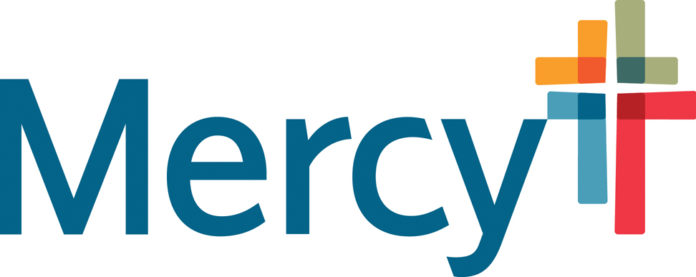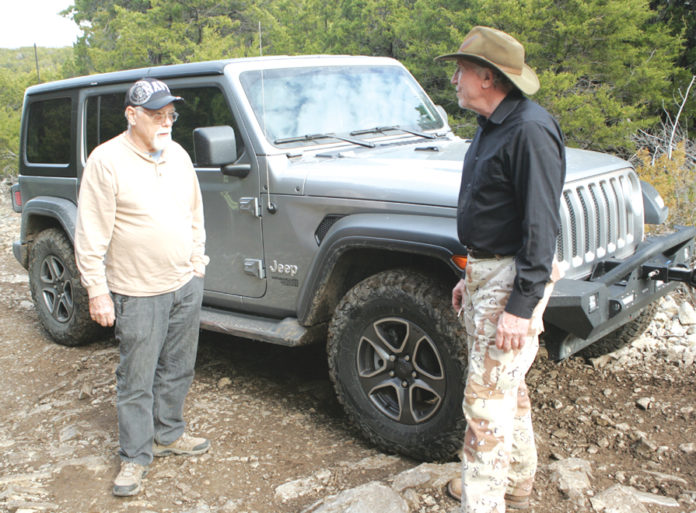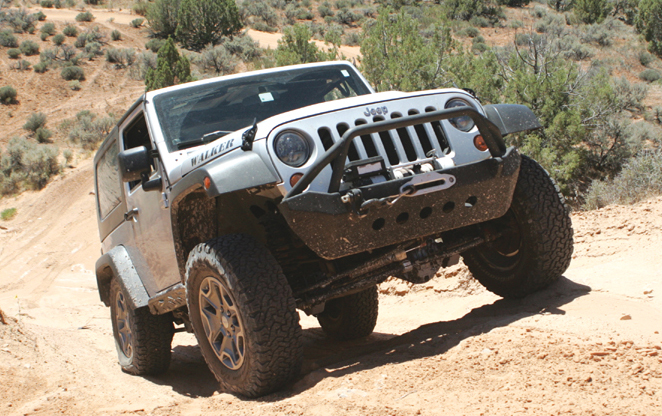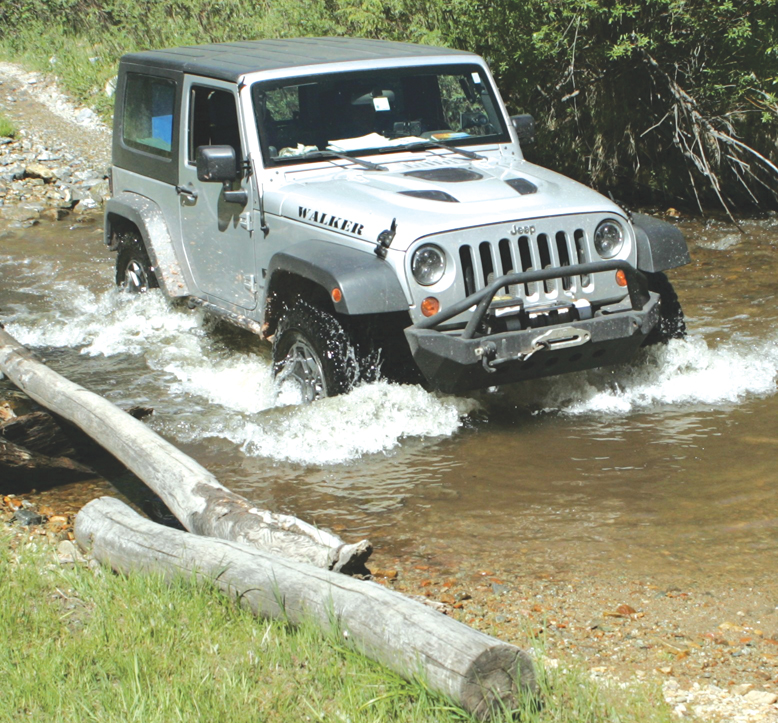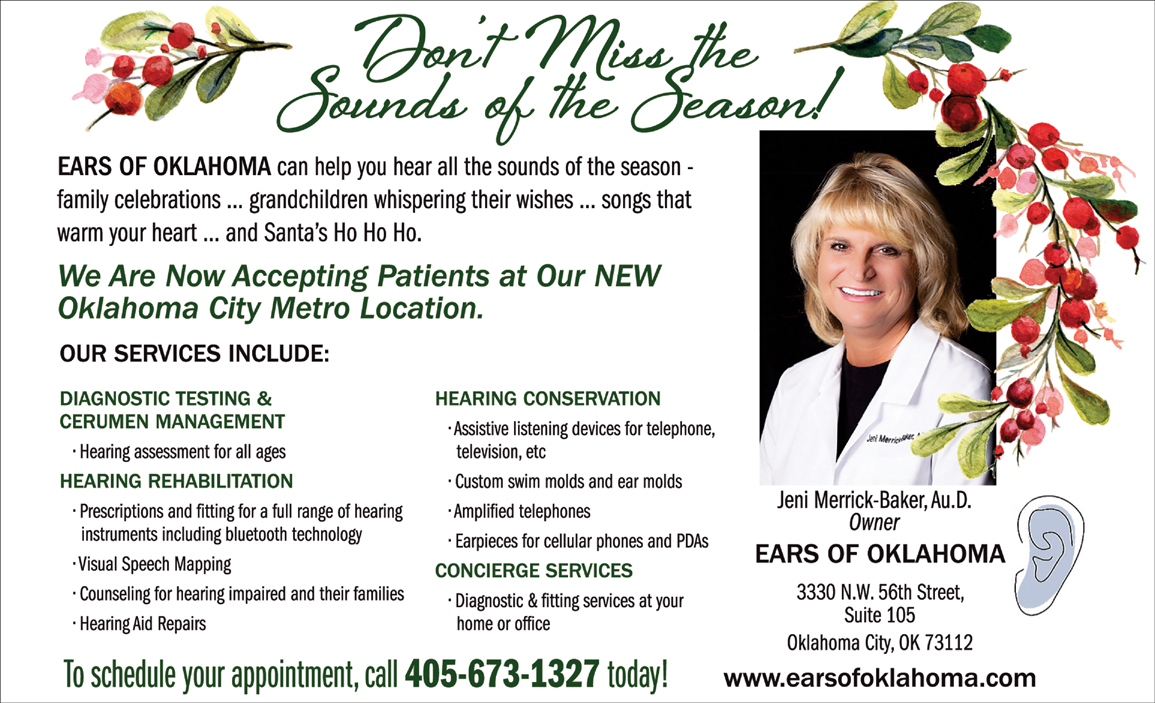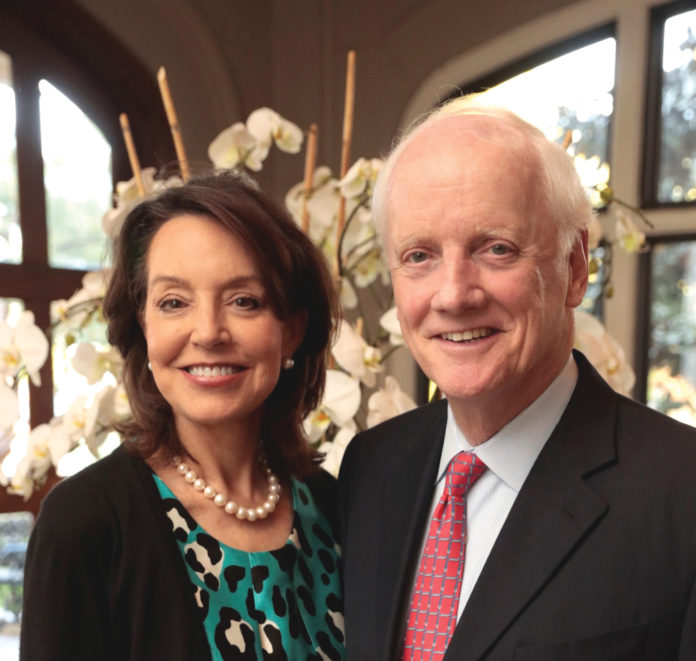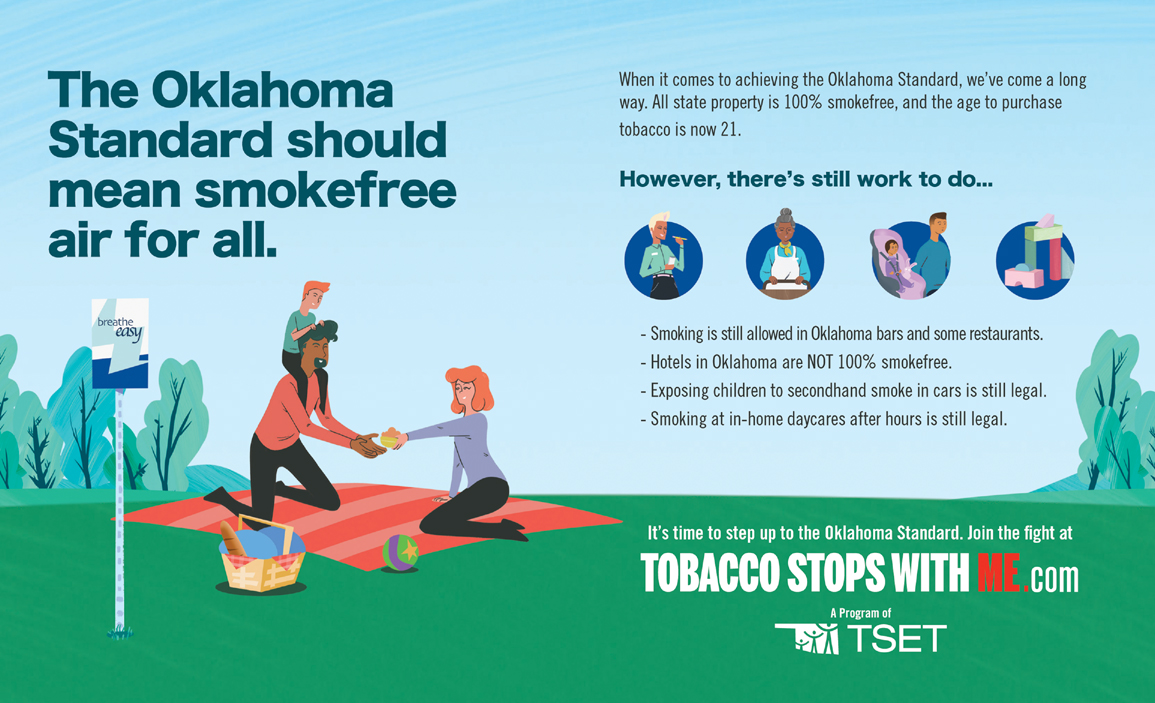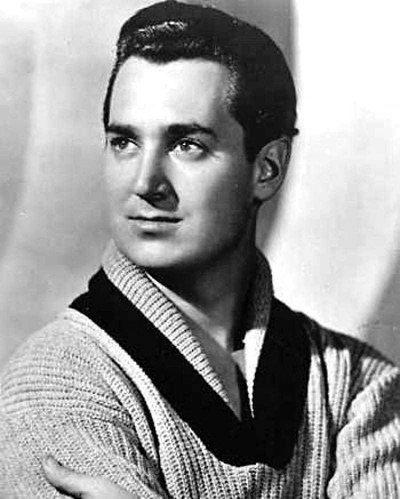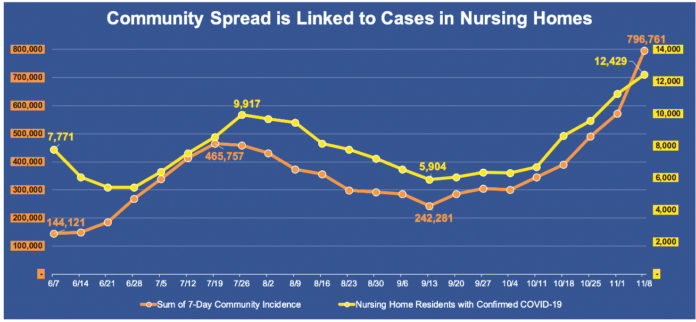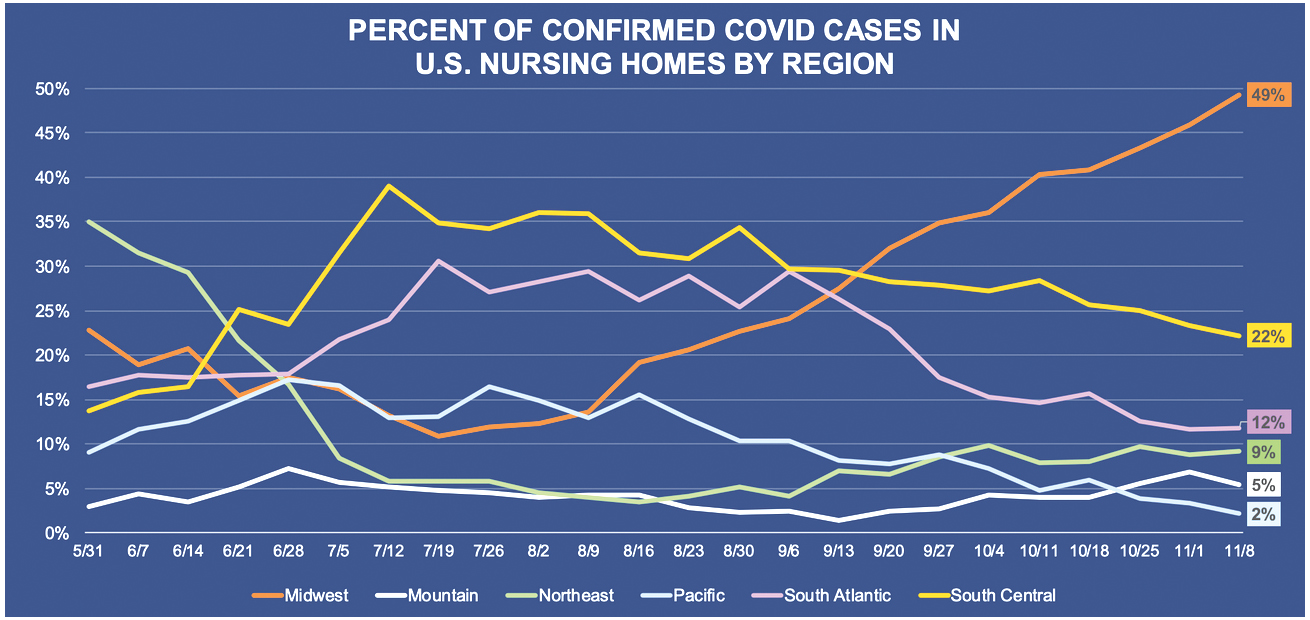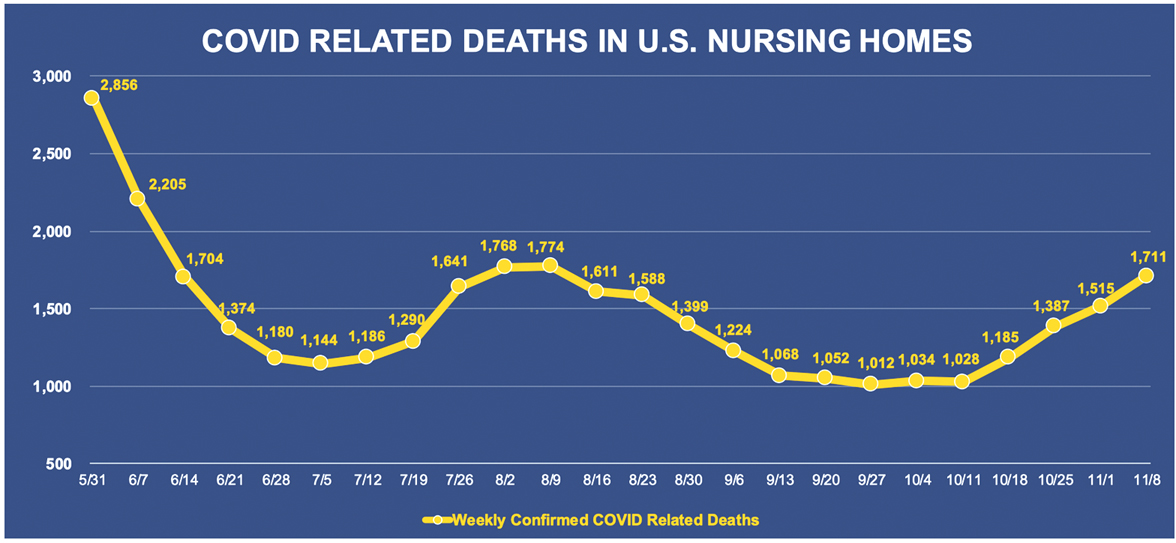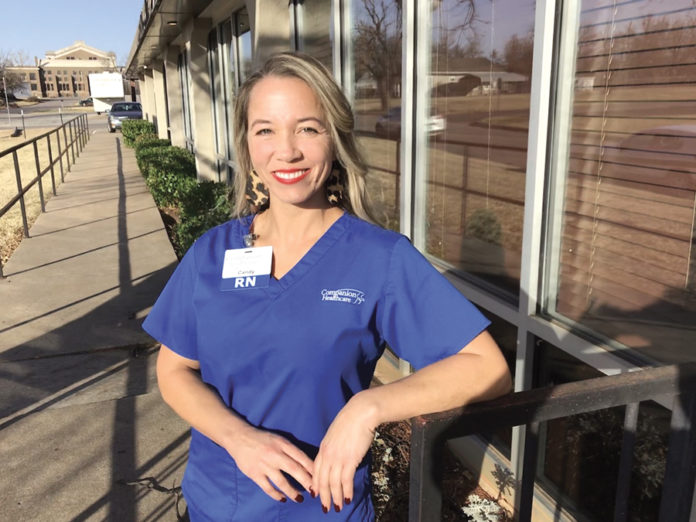OU Health, Mercy and SSM Health St. Anthony are teaming up with 100 of the nation’s top hospitals and healthcare systems to deliver an urgent plea for all Americans: Mask up, because wearing a facemask is the best chance at slowing the surging COVID-19 pandemic.
More than 11 million Americans have tested positive for the virus – including an additional 1 million in just the past week – leading to 245,000 deaths. In Oklahoma, nearly 160,000 people have been infected by the virus and more than 1,500 people have died. Last week, Oklahoma saw a 74.8% increase in cases over the week before, according to data from the Oklahoma State Department of Health.
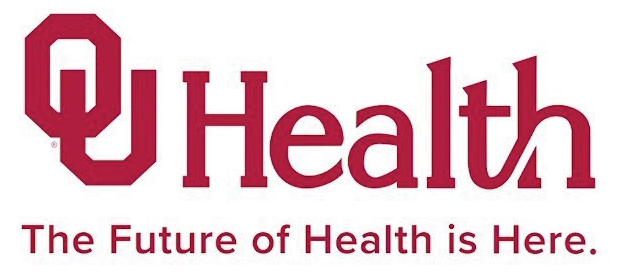
“We’re seeing more COVID-19 patients than ever coming into our emergency departments in desperate need of care but we are running out of room,” said Jim Gebhart, Community President of Mercy Oklahoma Communities. “We have to reduce the exponential increase of community spread before it’s too late.”
“The nation’s top hospitals and healthcare systems are partnering at this crucial time to deliver a unified message: Wear a mask to slow the surge of COVID-19,” said Chuck Spicer, President and CEO of OU Medicine, which is part of OU Health. “We urge people across Oklahoma and the nation to do their part to decrease the spread of COVID-19. This is a time when we must all join together to defeat a virus that is taking far too many lives.”
“As caregivers, our mission is to care for all patients with all conditions at all levels of care, but our hospitals are at maximum capacity,” stated Joe Hodges, Regional President, SSM Health Oklahoma. “We coordinate daily to create capacity where we can, but we are running out of ways to do that. We need the community’s help to support our valued physicians and nurses on the frontlines by wearing a mask to stay safe and reduce the infection rates.”

In this joint campaign, OU Health, Mercy and SSM Health and the nation’s top healthcare systems emphasize that current trends in the pandemic are daunting and frightening. If the nation stays on its current course, hospital leaders are increasingly concerned that more healthcare facilities will be overwhelmed as shortages of healthy caregivers make it difficult to handle a rapidly increasing number of patients. Unfortunately, this is already happening in parts of the country.
“The next several months will be critical,” Spicer said on behalf of the campaign. “Although there has been positive news about vaccine development, no one knows when those vaccines will be ready for widespread use. In the meantime, everyone must remain vigilant, take precautions and follow public health orders. The country has reached a tipping point. The power to do what is right is now in the hands of everyone everywhere.”
Beginning today, OU Health, Mercy and SSM Health St. Anthony join their national partners in sharing public service messages for the #MaskUp Campaign. In addition to messaging across Oklahoma, the #MaskUp campaign will be featured in The New York Times, USA Today, The Wall Street Journal, The Washington Post and The Los Angeles Times.
The message reads:
“As the top nationally ranked hospitals, we know it’s tough that we all need to do our part and keep wearing masks. But, here’s what we also know: The science has not changed. Masks slow the spread of COVID-19. So, please join us as we all embrace this simple ask: Wear. Care. Share with #MaskUp. Together, wearing is caring. And together, we are saving lives.”
The U.S. Centers for Disease Control and Prevention points to recent studies that have shown facemasks successfully limit spread of the COVID-19 virus. Wearing facemasks protect in two key ways: by protecting the wearer against inhalation of harmful pathogens and particulates and by preventing exposure of those around the wearer.
In addition to masking, the CDC suggests that everyone minimize the number of non-household contacts, maintain a physical distance of at least 6 feet, and limit the amount of time around others, especially while indoors and in poorly ventilated areas.
For further information about masking guidelines and the #MaskUp campaign, visit EveryMaskUp.com.


